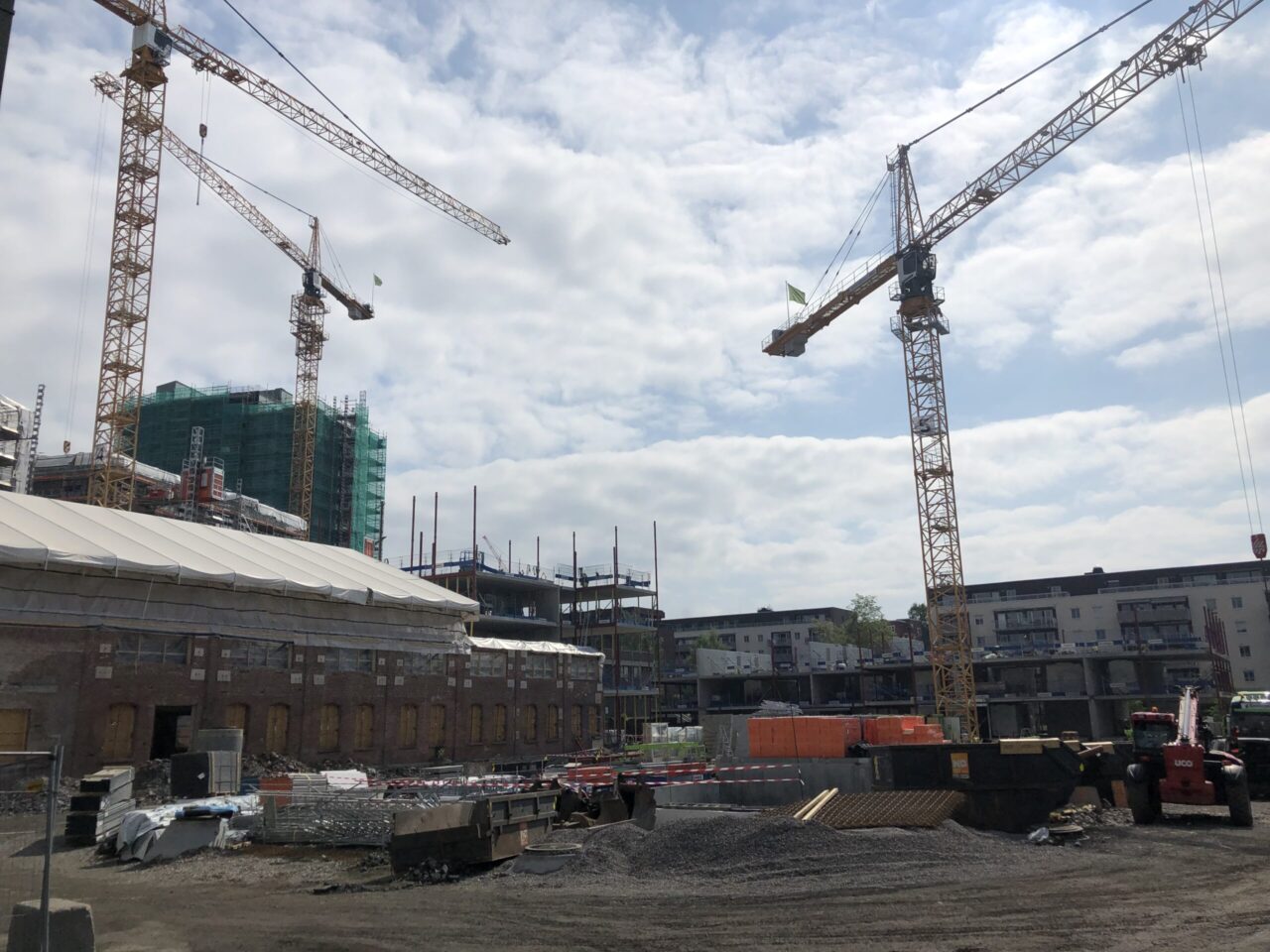The Total BIM Approach
Total BIM was first out of gate at StreamBIM Day Oslo 2025. Mattias Roupé and Mikael Johansson from Chalmers University of Technology presented their Total BIM methodology.
Total BIM is a forward-looking concept in construction management that aims to fully replace traditional drawings with a model-centric, data-driven approach. They argue that while BIM was originally intended to revolutionize the industry, current “hybrid BIM” workflows—where both digital models and 2D drawings are used—create inefficiency, confusion, and errors. Total BIM represents a return to BIM’s original vision: one source of truth, where the model itself becomes the legally binding document and the core of all project communication, planning, and production.

Mattias Roupé
Associate Professor, Chalmers University of Technology
Mattias is head of divisiona and research area leader at the Division of Construction Management and Engineering at Chalmers. Mattias has his main focus on Construction Informatics and Digital Construction. In this context, model-based and data-driven and informed construction process reserched (e.g. Total BIM and Digital Twin) .

Mikael Johansson
Researcher, Chalmers University of Technology
Mikael is a research engineer at the Division of Construction Management at Chalmers. His research interest centers around ICT within the architectural, engineering, construction and facilities management (AEC/FM) industries.
Recording date: 30 October 2025
Language: Swedish
Subtitles: EN, NO, SE, JP/日本語
Main Themes and Key Points
Core Characteristics of Total BIM
The 3D model is the single source of truth.
The model is legally binding, replacing paper drawings.
All project information—quantities, specifications, and scheduling—is extracted directly from the model.
Prioritizes usability, interface design, and digital integration for on-site work.
Problems with Traditional/Hybrid BIM
Hybrid workflows maintain both drawings and models, doubling effort and causing conflicts.
41% of design time is spent producing 2D drawings that become obsolete immediately after printing.
Workers often revert to drawings due to lack of trust in models.
Leads to data inconsistency, higher cognitive load, and more errors in interpretation.
Scientific & Practical Evidence
Studies show:
Interpreting 2D drawings causes higher cognitive load than 3D or VR.
Fewer errors are detected in 2D than in 3D/VR.
Model-based work is faster and more accurate for quantity takeoff and bidding.
Example: One study showed a 40-hour manual process reduced to 30 minutes with a BIM-based workflow.
Industry Implications
Hybrid workflows are currently more complex than full model-based ones.
Companies using Total BIM report:
More bids submitted (up to 20x faster).
Lower project costs.
Less waste and rework.
Greater accuracy in procurement and planning.
Case Studies
40–80x time savings in estimation using model-based methods.
Full model-based workflows with digital quantity takeoffs.
Better logistics, fewer installation errors, and lower bids.
Integrated LCA (Life Cycle Assessment) and CO₂ tracking directly from the BIM model.
Future Outlook
Total BIM can improve productivity, sustainability, and data consistency.
Enables prefabrication, automated information validation (IDS), and AI-assisted learning across projects.
Reduces waste, increases value-adding activities, and enhances cross-project knowledge sharing.
Main Takeaways
- Total BIM is the natural evolution of BIM—pure model-based, no drawings.
- It promises greater efficiency, accuracy, and sustainability.
- Current hybrid BIM systems are overly complex and create information conflicts.
- Making the model legally binding is key to realizing BIM’s full potential.
- Early adopters show significant time and cost savings, with higher quality outcomes.
- The shift requires cultural change, legal updates, and software readiness—but the benefits are substantial.
For more information about Total BIM, please check out this link (Chalmers University of Technology website)
If you want to know more about how StreamBIM could help your project achieve the benefits of the Total BIM methodology and digital construction in general, check out the link below, or get in touch via the contact form at the bottom of this page!


